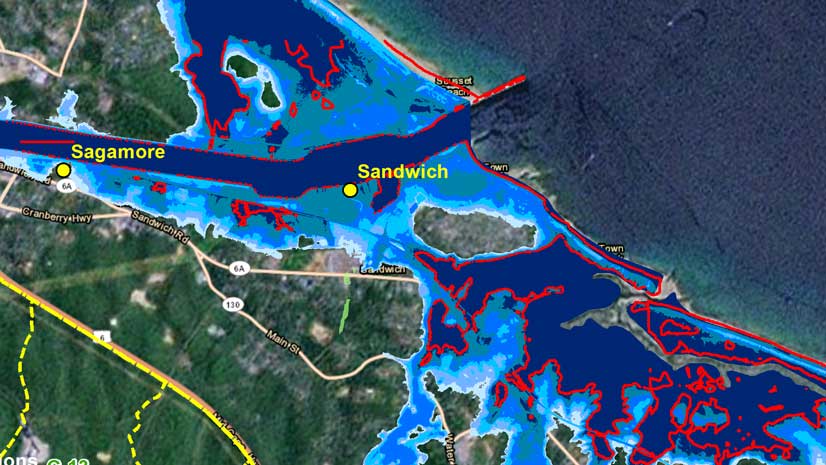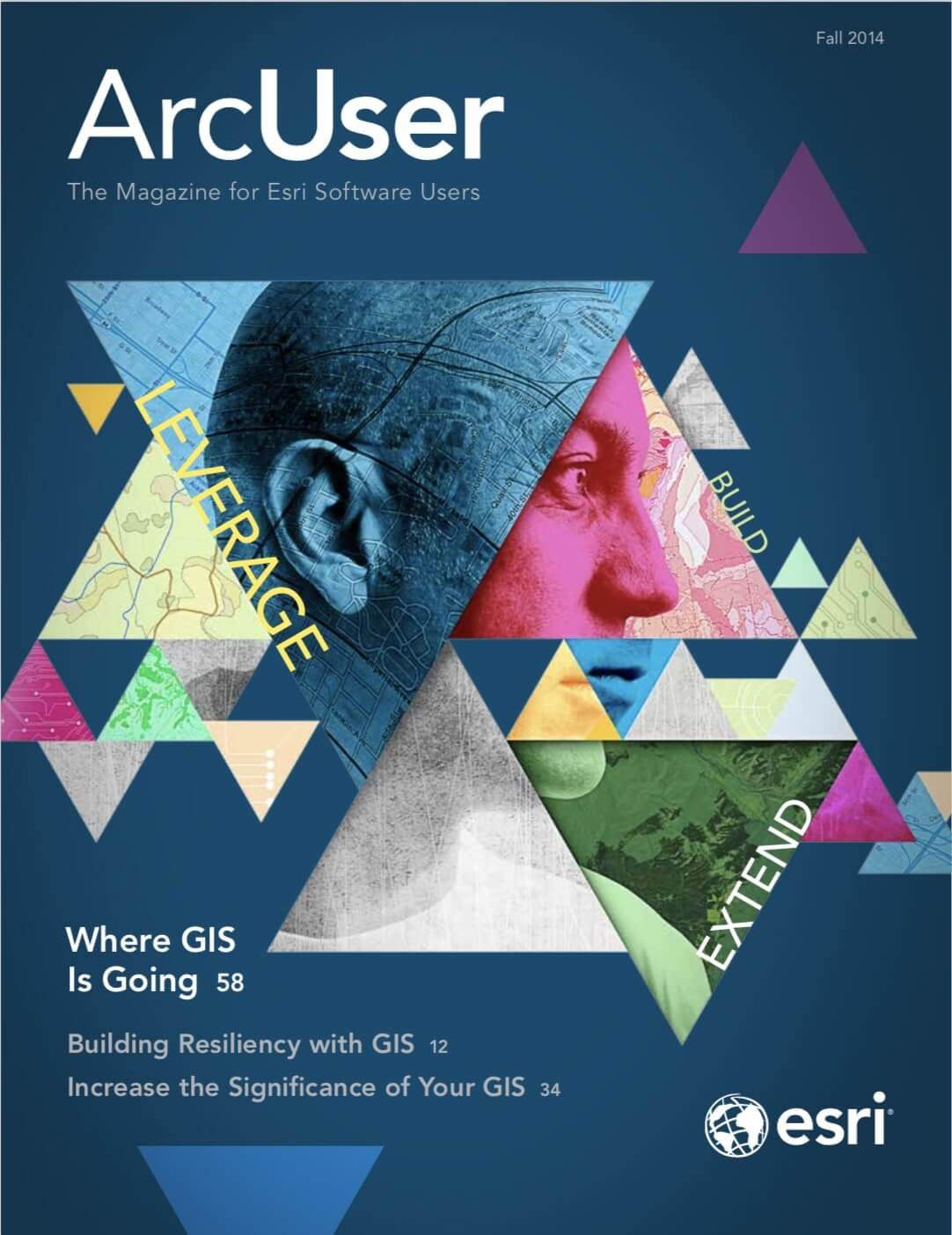What can you do to significantly increase the value of your GIS?

It can be difficult for you to determine whether your GIS program is positioned to deliver maximum returns or for top management to fully appreciate the benefits that are delivered. In this article, I will answer this question: What actions can you take that will maximize the value of your organization’s GIS and management’s appreciation of it?
Organizationally, the GIS team might be under planning, engineering, or other departments that, in turn, report to a higher management level. Because GIS is several levels from top management, a gap exists between the people who truly understand the organization’s information and technical capabilities and the people who need that information to address the organization’s top priorities.
So the first part of the answer is: Make sure that you, as the GIS leader, are involved with the leadership issues of your organization. Listen for mission-critical challenges or strategic opportunities so you can apply your creative problem-solving skills and GIS know-how. This is not the time to ask for a larger budget. Instead, be resourceful and contribute most effectively to your organization’s high priority needs.
By bringing your organization’s relevant information (and information from others) to bear on these needs, you ensure that lack of information is not a limiting factor in your organization’s decision-making process. Getting recognized by top management costs nothing, removes organizational barriers, and will inspire GIS staff to contribute to the organization priorities.
If you are a GIS manager working for a Fortune 500 company, you are far removed from top management, but there are still levels of management that you can access. Remember, top management focuses on the “what to do” and often delegates the “how” to lower levels of management. Find these managers and convince them that your understanding of the organization’s information and spatial tool sets will help them address their most pressing issues and make them look good in the process.
Once you get past this first hurdle, what else can you do? While there is no shortage of work managing your organization’s data and GIS resources, you and your staff can spend your careers becoming data experts inside your cubicles. But how often do you and your staff get out of those cubicles and ask the managers of your organization’s numerous programs what their information or work process challenges are? Do you ask them probing questions like, What would you change if you could?
Awareness and understanding of business realities and priorities are organizational currency that you can convert into value. This will help you close the gap between high impact opportunities and information/application know-how. Rather than gain a formal invitation to a leadership meeting, the next goal is to change the behavior of your GIS staff.
You might be familiar with 3M Corporation’s 15 percent rule. 3M encourages its employees to spend 15 percent of their time pursuing projects that they believe will advance the company. Thinking along these lines, you should encourage key GIS staff to spend time discovering new opportunities for GIS problem solving, developing a business case for GIS solutions, and implementing those solutions. Find what’s keeping managers up at night and seek solutions that make them successful in their jobs. By enabling GIS staff to create their own projects and solutions, you will see motivation and innovation increase in areas that are meaningful to your organization.
This behavioral change is a two-way street, so make sure management sees its potential and supports it. To succeed, your management must support this freedom and know that failure is just another way to gain organizational insight. Management should not be overly critical of innovative ideas or suggestions that change the status quo. Ask your management if they think 3M regrets granting the freedom to pursue innovative ideas like Post-it Notes given the revenue 3M gained from it.
Because GIS professionals typically do not have MBAs, fiscal matters or business operations are not their first concern. You call the shots on spatial information projects and GIS solutions, but how often are you required to justify them beforehand, or document the project return on investment (ROI) or perform a cost-benefit analysis afterward? This is especially true in government. This behavior, if promoted, has potential to clarify the actual impact GIS is delivering to the organization for the people who fund your GIS program.
The best way to change behavior is to reduce the change and measure the desired actions. To reduce the change, work with your organization’s business analysts or finance people to create a simple template that documents the cost of doing business before and after a GIS solution was put into effect. List direct and indirect benefits to your organization (and others). Include both the qualitative and quantitative dimensions of these benefits. While you shouldn’t forget to quantify the cost to create the GIS solution so ROI can be derived, don’t emphasize just the ROI percentage. It will get management to appreciate the big picture. The key is to make this documentation simple and something your GIS staff will personally benefit from because it proves their value to your organization.
To measure desired behavior, set expectations (for yourself as the manager and/or your key staff members) that require a business case, cost-benefit assessment, and documentation (that can be the template just discussed). Perhaps you’re thinking, I’m too busy, or this is not being asked for, so why do it?
My reply: if you don’t do it, who will? Are you really so confident your future budget will be where it should be? You’re creative, and this effort is important enough that you should reprioritize your tasks and delegate some of your workload so you can spend time proving your program’s value. Make this a habit; it will pay dividends throughout your career.
Ever try getting a job without establishing your value? The significance of your GIS program is not defined by the deployment of the latest software release or wiz-bang product but rather by your organization being open to GIS input at the leadership level, providing for the freedom to discover and solve problems creatively, and setting realistic expectations for documenting actual GIS results.
So there you have it. What is that one resource that if you had more of could dramatically increase the value of your GIS program? It’s not more money, people, or time. It’s more management attention focused on GIS.

